
Direct Procurement
Create value at every stage of the product lifecycle
See Ivalua’s Direct Procurement in Action
What is Direct Procurement?
At its most basic level, Direct Procurement, which is also known as Direct Spend Management, refers to the end-to-end process companies use to manage the procurement of direct materials – that is the materials, goods, and services that make up a product.
In practice, Direct Procurement is made up of a series of related processes that span the full lifecycle of a product and include internal and external stakeholders, such as those from Procurement, Engineering, Logistics, Accounts Payable, the Supply Chain Management team, as well as the suppliers that make up the supply chain.
For manufacturers, the Direct Procurement process typically begins with the New Product Introduction (NPI) process which includes product design, sourcing, quality, product launch and continues through production all the way to the products end-of-life.
Common Challenges Faced by Procurement when managing Direct Spend:
Manual & disconnected processes
Inefficient product launches
Siloed data & poor collaboration with suppliers & stakeholders
Lack visibility into supply disruptions, performance, compliance, quality & risks
Increased safety stock & occurrence of stock-outs, missed & delayed shipments
Why is Direct Procurement Important?
Direct Procurement processes are critical to product success, and by extension the success of the organization. Direct Procurement, when successful, builds supply chain resilience.
To achieve resilience, procurement must ensure that product components are available at the right time, quantity, location, quality, price, and that the supplying companies abide by company policy, performs well, and is not risky. The nature of Direct Procurement is often complex, both in terms of the end-to-end process, technical nature of components, regional regulations & compliance, and global supply chain.
We operate in a highly competitive and dynamic market. Our desire is to involve Procurement further upstream in the purchasing process and the product lifecycle with the aim of managing risk, reducing time-to-market and improving the company’s performance. Ivalua has proved to be the most suitable tool for our business due to its functionality, its ergonomics and its interfacing capabilities with our ERP

Jean-Claude BARBERAN
Purchasing Director
Sagemcom

Direct Procurement Benefits to the Organization
Improved Supplier Management, collaboration & innovation
Achieve target costs and increase speed to market
Category Management to strategically manage core spend categories
Monitor product quality, risk, compliance, and performance
Reduce supply disruptions and order cycle times
How can Direct Procurement Solutions Help?
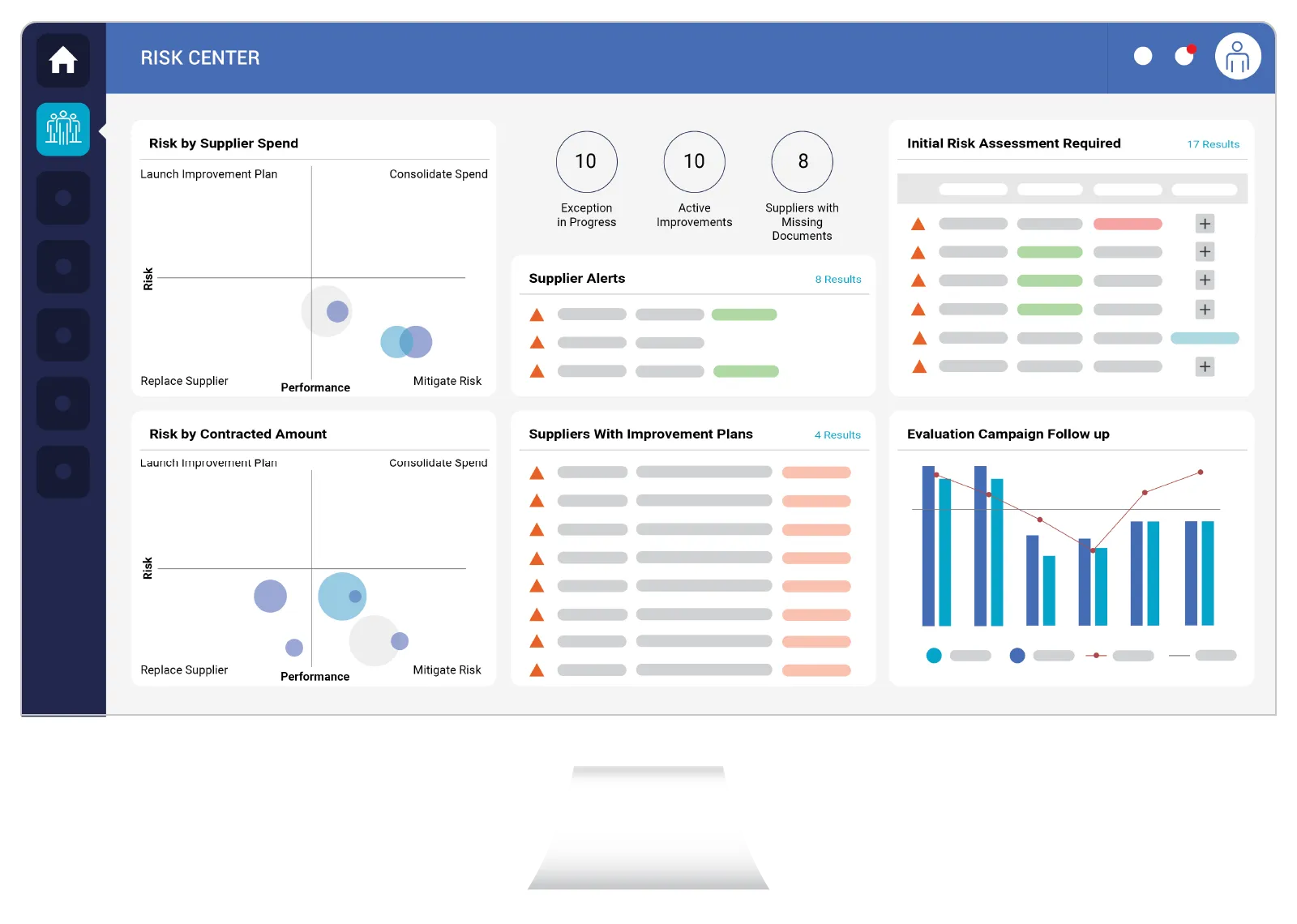
Supplier Management
- Manage all Supplier Information Management
- Monitor Supplier Risk & Take Action
- Leverage a single Supplier Portal for all activities
Spend Analytics for Direct Materials
- Gain insights actionable intelligence
- Find opportunities to leverage & consolidate spend
- Better enable supplier allocations by region & rationalize suppliers
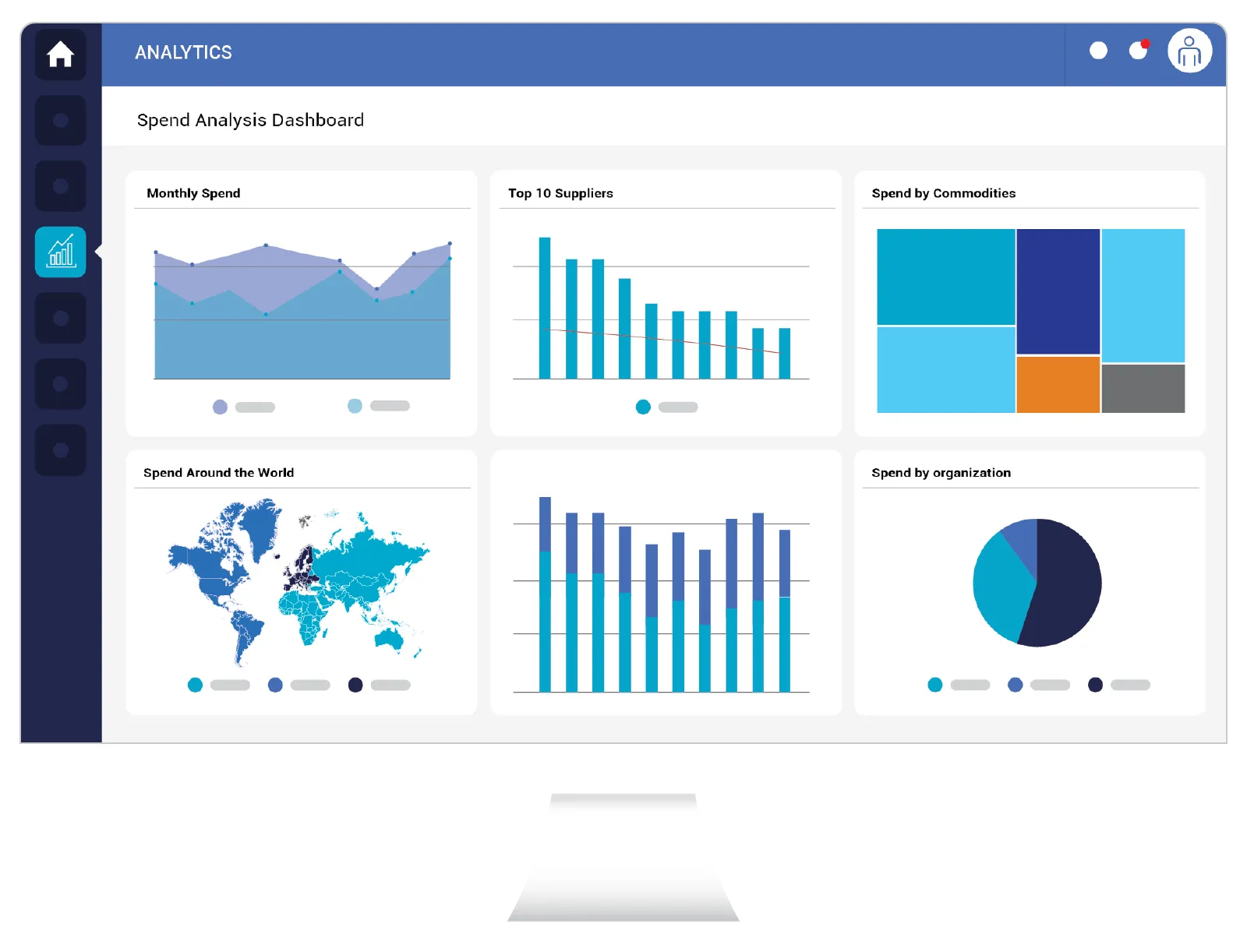
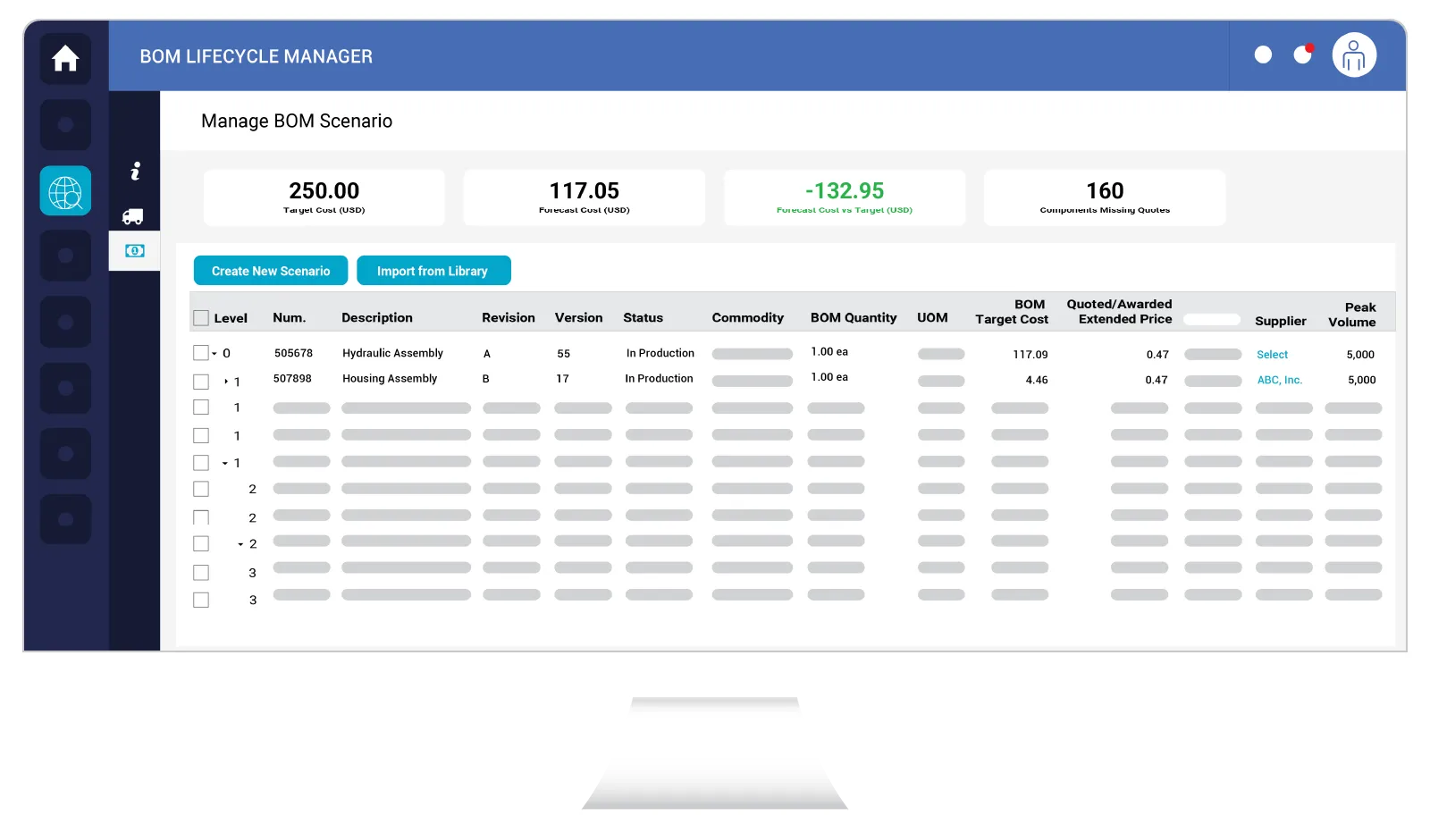
Direct Material Sourcing
- Make your BOM your sourcing dashboard
- Strategically manage categories and complex BOM & Cost Breakdown Sourcing
- Enable optimal supplier allocation based on cost & non-cost factors
Product Quality
- Collaboratively identify & mitigate issues
- Standardize & improve product launch & audit readiness standards
- Project, supplier, and organizational strategy
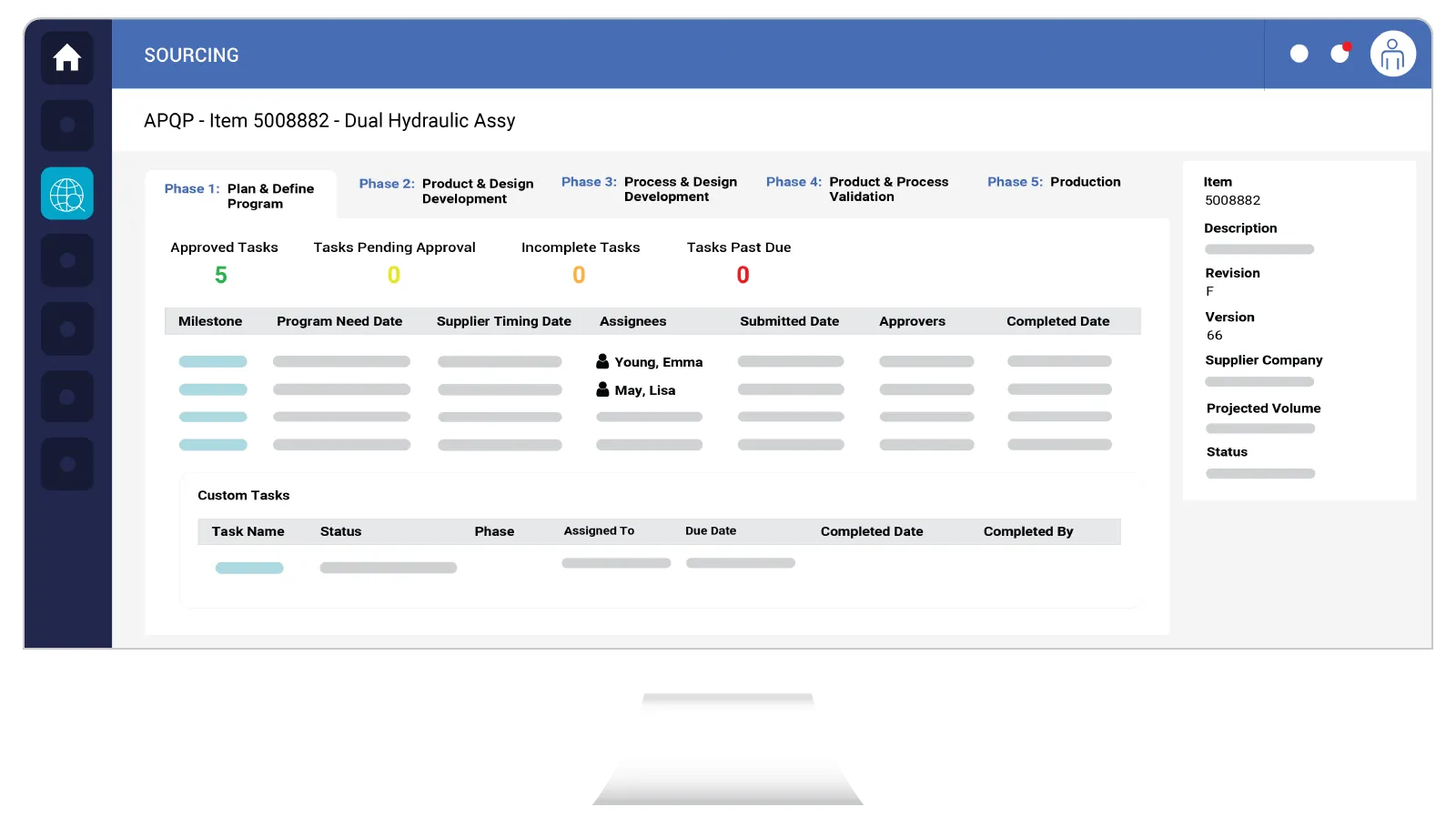
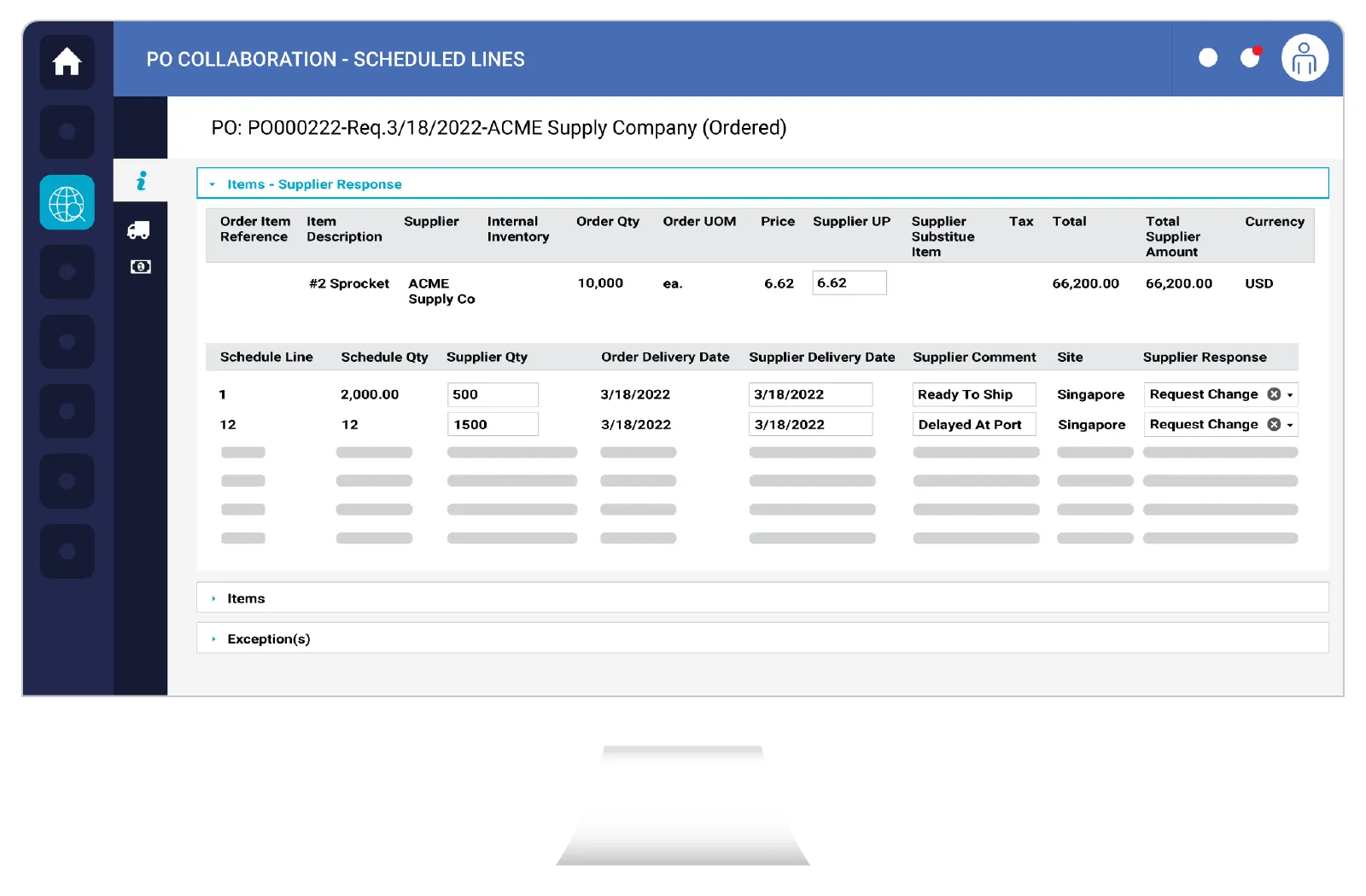
Supply Chain Collaboration
- Benefit from digital collaboration, and transparent supply-chain transactions
- Reduce errors, cycle-time and improve accuracy and agility
- Share & collaborate on demand forecasts & preempt potential disruptions
Master Data Management
- Obtain transparency, visibility, better opportunity identification with one Vendor, and Item & Source source of truth
- Capture, cleanse and maintain clean and accurate master data
- Reduce transaction errors and duplicate efforts across the organization
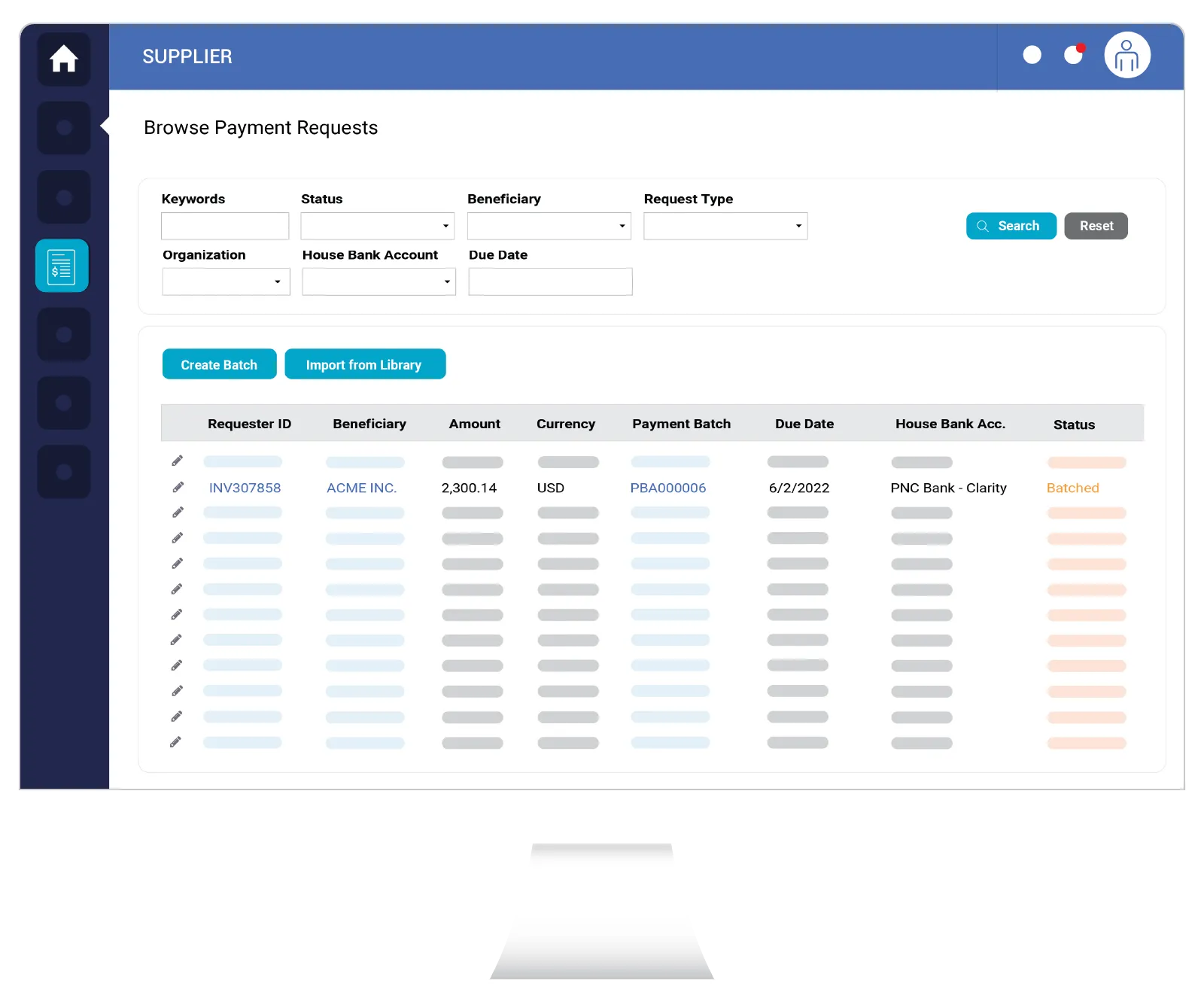

Integrations for Direct Materials
- Quick, proven, and stress-free management of integrations
- Ability to meet unique and highly complex requirements (e.g., Multi-ERP, MRP, PLM, etc.)
- Leverage existing adapters for rapid time to value
